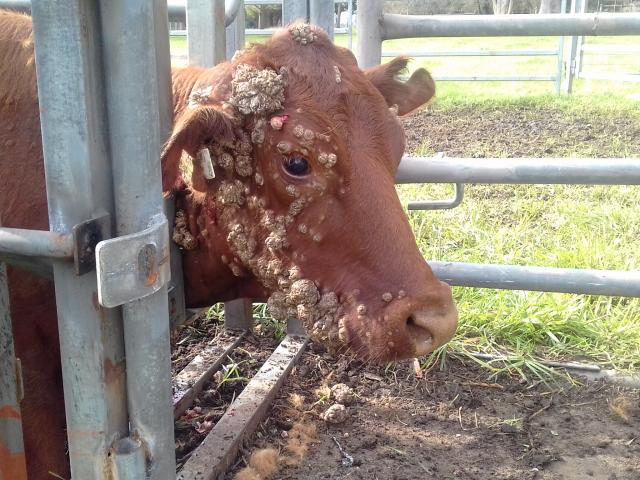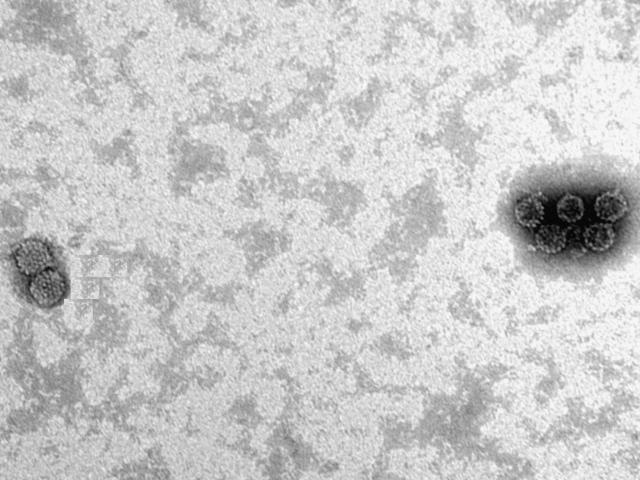Recent livestock disease cases in WA
Lupinosis and hepatic encephalopathy diagnosed in sheep with neurological signs
- Six of 1500 merino wether lambs died on a property in December, with a further 800 animals affected by signs of full mentation and/or a loss of condition.
- Sheep had been recently purchased from a Wheatbelt property, and had been grazing a lupin stubble for the past 6-8 weeks.
- A private vet examined two affected lambs that were both showing neurological signs, including facial twitching and apparent blindness. The lambs were recumbent and had difficulty rising.
- The private vet conducted a post mortem and submitted a full set of fixed and fresh samples to DPIRD. Information on appropriate sample collection can be found in the livestock disease veterinary sampling guide.
- Sheep or cattle showing neurological signs may be eligible for subsidy under the transmissible spongiform encephalopathy program (TSE). In this instance the sheep were under 18 months so they did not meet the criteria for the TSE program, however the vet was able to access a subsidy through the significant disease investigation program instead.
- On post mortem the submitting vet noted that both lambs had yellowing of the fat in the abdomen and enlarged kidneys with spotty discolouration of the cortices. One lamb had a yellow, swollen liver. An acinar/nutmeg pattern on the liver was seen in the other lamb.
- Histopathological examination led to a diagnosis of lupinosis and there were changes in the brains consistent with hepatic encephalopathy. Both animals also had an interstitial nephritis.
- Blood results showed that both animals also had a vitamin E deficiency
- Additional testing ruled out lead toxicity, which also causes blindness and a dull mentation in sheep (and cows).
- Read more about lupinosis in sheep and vitamin E deficiency in sheep.
Lumpy skin disease excluded in cow with skin lesions
- A private vet examined a 2-year-old cow with raised skin lesions covering the face and neck. The vet suspected bovine papillomavirus but wanted to rule out the exotic disease lumpy skin disease, which can cause widespread skin lesions. Samples were submitted to DPIRD and the submission was exempt from laboratory fees because a reportable disease was excluded.
- One cow from a group of 30 was affected (Figure 1).
- The private vet submitted fixed and fresh biopsies of the skin lesion.
- Histopathology confirmed cutaneous papillomas, thereby excluding lumpy skin disease. Electron microscopy revealed numerous papillomavirus particles (Figure 2).
- The laboratory diagnosis was cutaneous papillomatosis due to bovine papillomavirus.
- Bovine papillomaviruses are associated with cutaneous viral papillomas (cutaneous warts), fibropapillomas and squamous cell carcinomas in cattle, as well as sarcoid tumors in various other mammalian species.
- Warts in cattle can be caused by bovine papillomavirus 3, 5, 8 or 11. They commonly occur on the skin of young animals between 6 and 24 months of age. Usually they regress spontaneously as the cattle develop immunity to the virus but they may persist for up to 12 months in some animals, especially animals that are immunocompromised.
- The negative result for lumpy skin disease in this case helps to support WA’s market access by demonstrating freedom from the disease.
- Lumpy skin disease is a highly infectious disease of cattle caused by a poxvirus. It is mostly transmitted by biting insects.
- Lumpy skin disease is exotic to Australia. The international distribution of lumpy skin disease is increasing in range and it would have a significant impact on cattle productivity if it entered Australia. Clinical signs include multiple raised skin lesions, fever, salivation and nasal discharge.
- Read more about lumpy skin disease on the Emergency Animal Disease Bulletin No. 121


